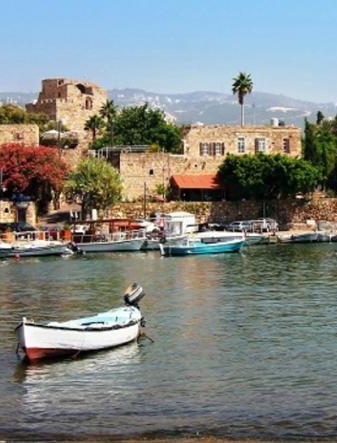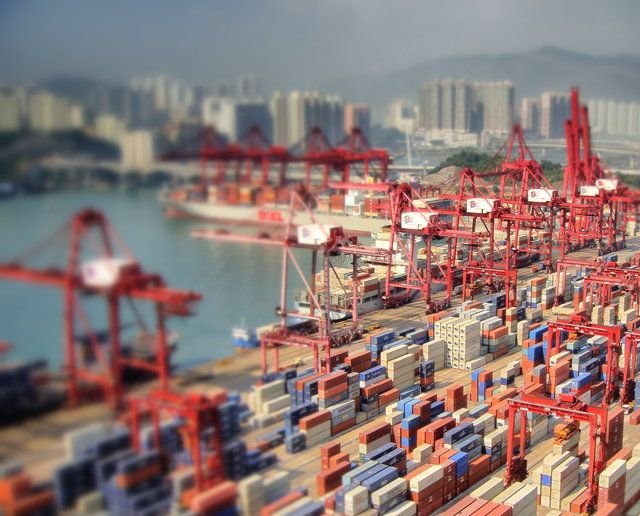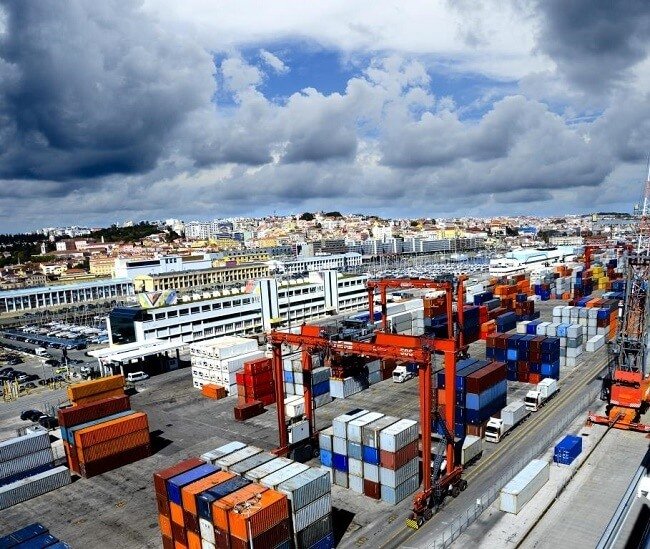What is port history?
A port is a maritime facility comprising one or more wharves or loading areas, where ships load and discharge cargo and passengers. Although usually situated on a sea coast or estuary, ports can also be found far inland, such as Hamburg, Manchester and Duluth; these access the sea via rivers or canals.
Who made the first port?
The Romans, who arrived in Portugal in the second century BC and remained for over five hundred years, grew vines and made wine on the banks of the Douro River where Port is produced today.

What is the oldest port of the world?
Byblos Port is an ancient port in Byblos, Lebanon and is believed by the Lebanese to be oldest port in the world. Around 3000 BC, Byblos Port was the most important timber shipping center in the eastern Mediterranean.
What are the port activities?
Large ports need to deal with a number of disparate activities: the movement of ships, containers, and other cargo, the loading and unloading of ships and containers, customs activities.
What is the function of port?
The primary function of a port is to supply services to freight (warehousing, transshipment, etc.) and ships (piers, refueling, repairs, etc.). Consequently, it is misleading to strictly consider a port as a maritime terminal since it acts concomitantly as a land terminal where inland traffic originates or ends.
The importance of a port city
Ports are also important for the support of economic activities in the hinterland since they act as a crucial connection between sea and land transport. As a supplier of jobs, ports do not only serve an economic but also a social function.

There are five major types of natural or man-made ports which are Inland port, fishing port, dry port, warm water port and seaport. Among all these types of ports, seaports are the largest and busiest type of ports.
What is the difference between serial port and parallel port?
A serial port is able to transmit a single stream of data at a time. A parallel port is able to transmit multiple data streams at a time. A serial port sends data bit by bit after sending a bit at a time. A parallel port sends data by sending multiple bits in parallel fashion.

The advantages of dry ports
Dry ports have many advantages, faster transport of cargo from seaports, use of more efficient modes of transport, providing facilities for the storage and consolidation of goods, the maintenance of road or rail freight carriers, customs services, etc.
What is meant by dry port?
A dry port provides services for the handling and temporary storage of containers, general and/or bulk cargoes that enters or leaves the dry port by any mode of transport such as road, railways, inland waterways or airports.

The difference between a port and a terminal
Ports are gateways for cargo and people and are made of up terminals that specialise in a one specific throughput. ... A container terminal is a part of a port where containerised cargo is transported from land to sea and from sea to land.
The most beautiful harbor in the world
The 9 most beautiful harbours in the world
The important ports
10 Major Ports In India
The top 10 largest ports in the world
Here are the top 10 biggest ports in the world, considering their size, cargo handling capacity, and the container traffic passing through them together.

Have a question or need a custom quote?
contact us via e-mail, or call us and we will get back to you as soon as possible
HAVAND COMPANY FOR GENERAL TRADING LTD
Copyright @ All Rights Reserved